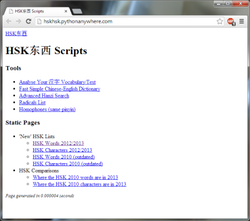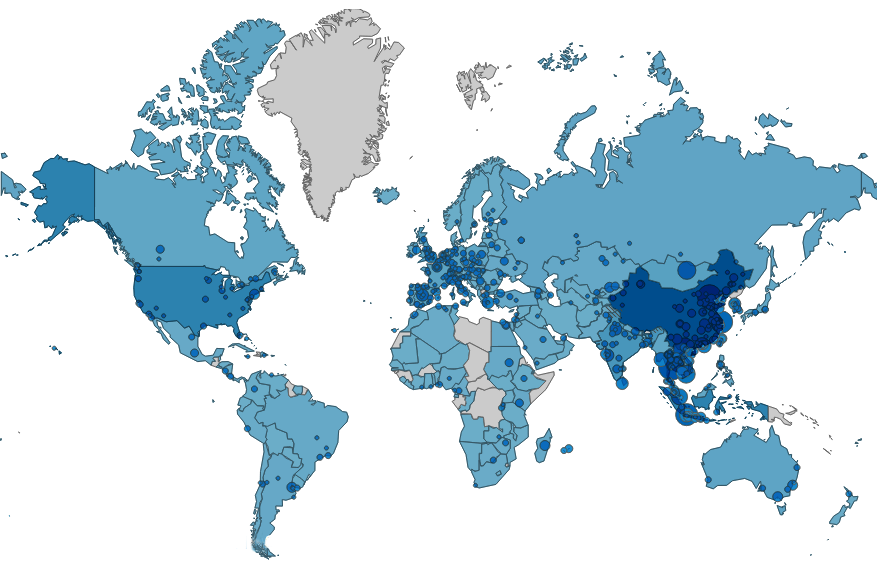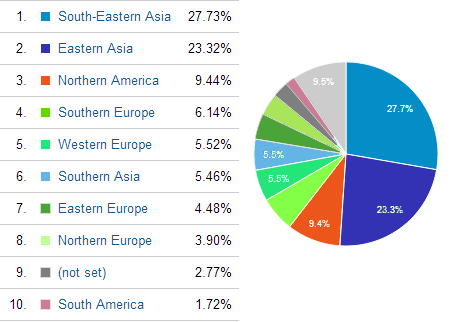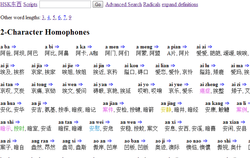
I was interviewed this week by the very nice people at PythonAnywhere: blog.pythonanywhere.com/79/ . They do a great job of hosting my hanzi analysis scripts, and allow you to create and maintain a site run by the Python language without any configuration, or uploading or downloading anything- you edit the code through a very advanced web editor. You can create a free account to try it out. The code runs on Amazon's EC2 servers, so the performance is quite amazing.
Thes hanzi tools I created do all sorts of things that are too numerous to list, give them a try here: hskhsk.pythonanywhere.com . I made a small improvement to the dictionary today, so that it copes with large amounts of input better. It shows a short phrase word by word, and annotates a longer phrase inline (recognise the poem?)
Thes hanzi tools I created do all sorts of things that are too numerous to list, give them a try here: hskhsk.pythonanywhere.com . I made a small improvement to the dictionary today, so that it copes with large amounts of input better. It shows a short phrase word by word, and annotates a longer phrase inline (recognise the poem?)





 RSS Feed
RSS Feed